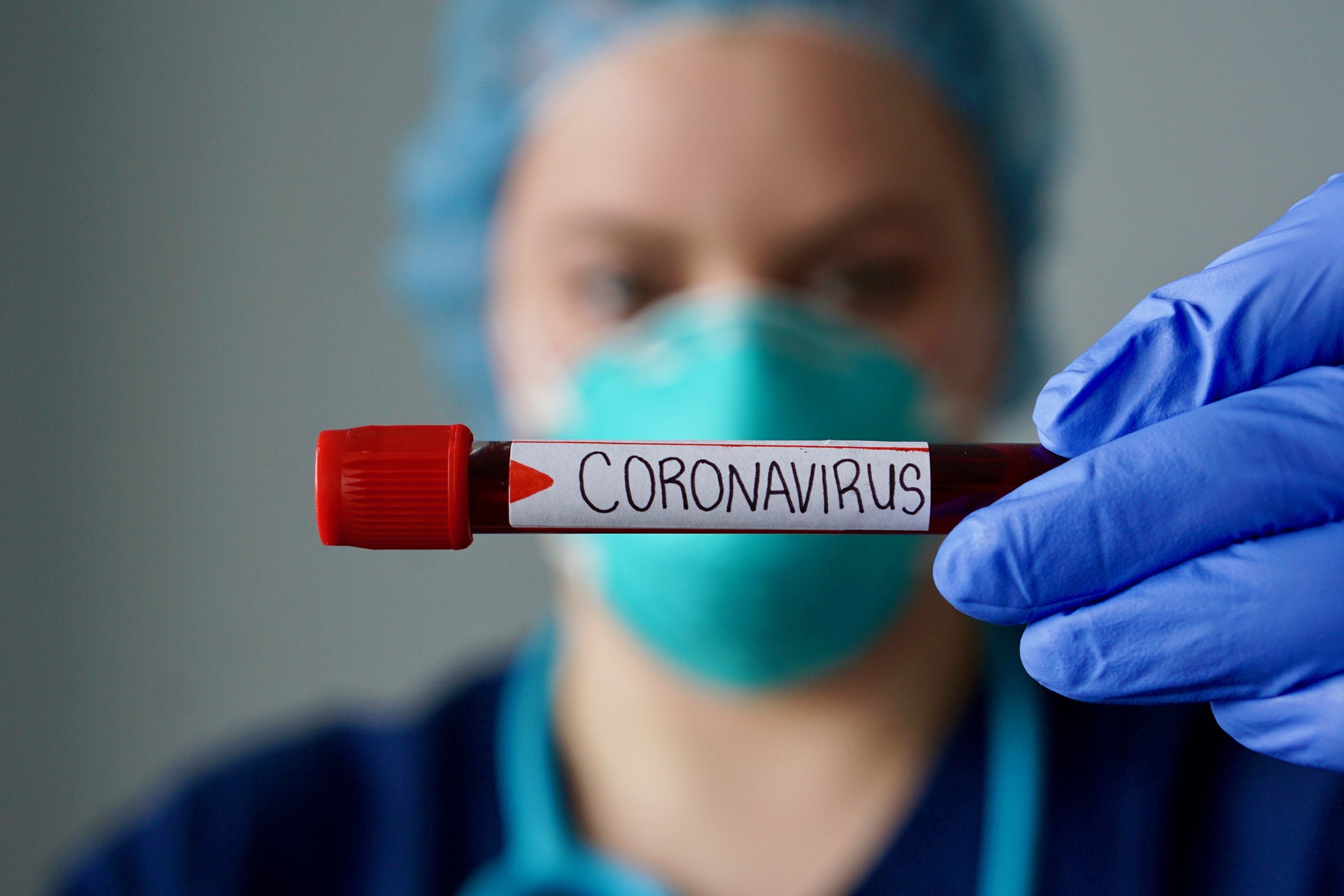Biomedical Engineers Lead Efforts to Make PPE
Shallal led the 3D Printing Hopkins Volunteer Network, which included students and staff members at Johns Hopkins campuses in Baltimore and members of the community. The team provided instructions and materials to volunteers who used their 3D printers to make reusable face shields that can be sterilized and provided to Johns Hopkins health care professionals working on the front lines of the pandemic.
To manage the 3D printers at Johns Hopkins, Shallal also organized undergraduate and graduate biomedical engineering students who remained in Baltimore during the pandemic to provide logistic support, and to produce shields and distribute them quickly. Thus far, their efforts have produced and circulated more than 8,000 face shields for health care workers. They also created and distributed more than 8,000 ear saver clips that wrap around the head to protect the back of the ear from the elastic bands on masks.
Shallal is available to speak to media about this initiative.
Do Eyeglasses Help Keep Coronavirus Out? Johns Hopkins Expert Says More Evidence Needed
During the current pandemic, we’ve all been advised to protect ourselves from infection by the SARS-CoV-2 virus that causes COVID-19 by masking, physical distancing and frequent hand-washing. In the Sept. 17 issue of JAMA Ophthalmology, a research team in China suggests that a fourth defensive measure also might be helpful: eye protection.
However, according to an infectious disease expert at Johns Hopkins Medicine, the team’s findings don’t yet mean everyone should don a pair of Clark Kent spectacles to enhance their “superpowers” during a coronavirus attack.
In their paper, published online Sept. 16, Weibiao Zeng, M.S., at the Second Affiliated Hospital of Nanchang University, and colleagues at three other Chinese medical institutions describe a retrospective study of 276 people in China’s Hubei Province who tested positive for the SARS-CoV-2 virus at the beginning of the pandemic. The researchers found that the proportion of patients who wore eyeglasses more than eight hours per day was significantly lower than in the general population.
From these data, the researchers claim that wearing eyeglasses more than a third of the day may provide some protection against SARS-CoV-2 infection, and that eyeglasses may act as a partial barrier to help keep people from touching their eyes.
“The findings, although intriguing, should not be considered as conclusive proof that the general public should begin wearing face shields, goggles or other ocular personal protective equipment — along with wearing masks and not touching their eyes — to obtain any substantial protection from SARS-CoV-2 infection,” says Lisa Maragakis, M.D., M.P.H., senior director of infection prevention at the Johns Hopkins Health System, associate professor of medicine at the Johns Hopkins University School of Medicine and author of a commentary on the study that appears in the same issue of JAMA Ophthalmology.
Maragakis says there are several reasons for her caution.
“The study looks at a time very early in the pandemic before universal masking and physical distancing became common prevention practices. There may be confounding variables or an alternate explanation for the apparent protective effect of eyeglasses, and the data on the general population — against which the eyeglasses-wearing habits of the study patients are compared — were collected years ago in a different region of China,” she explains.
However, Maragakis says more studies — using data from both people who previously had COVID-19 and from patients newly diagnosed with the disease — would be valuable to confirm the study’s findings and to better define any benefit for the general public by adding eye protection as a defensive practice.
Maragakis is available to discuss this topic with the media.
Celebrating Halloween Safely
October is the time of year when jack-o’-lanterns light up front porches, fake spider webs adorn trees and shrubbery, and ghosts, princesses and other characters seek out treats on Halloween night. But this year, the holiday known for spooky ghouls, wicked witches and lots of candy will likely look different.
The Centers for Disease Control and Prevention recently released guidelines placing Halloween-related activities into three categories: lower risk, moderate risk and higher risk. Aaron Milstone, M.D., M.H.S., professor of pediatrics and pediatric infectious diseases specialist at the Johns Hopkins Children’s Center, has tips on how families can celebrate Halloween safely this year.
“Even though Halloween will be different from previous years, different can still be fun,” Milstone says. “People can be creative about ways for kids to have fun.”
Milstone says traditional trick-or-treating — children going door-to-door and neighbors handing out candy — or a crowded trunk-or-treat event involve more risk this year. A safer alternative to children grabbing from a bowl of treats might be for neighbors to leave small, individual bags of candy on tables in their front yard for children to easily pick up while remaining safely distanced. Families should check trick-or-treating guidelines or recommendations in their local communities.
Other less risky ways to celebrate include having a Halloween-themed scavenger hunt around your yard or home, carving pumpkins with the family, decorating your house and going pumpkin or apple picking at an orchard. Attending indoor Halloween parties and visiting indoor haunted houses are among the highest risk activities.
No matter how a family celebrates, Milestone recommends that everyone wear face coverings, properly physical distance from others (at least 6 feet) and practice regular hand-washing. Bringing hand sanitizer wherever you go is also a good habit.
“Kids need something to look forward to, so don’t write off Halloween — be creative to keep kids safe and happy,” Milstone says.
Milstone is available for media interviews to discuss recommendations for safely celebrating Halloween.
For information from Johns Hopkins Medicine about the coronavirus pandemic, visit hopkinsmedicine.org/coronavirus. For information on the coronavirus from throughout the Johns Hopkins enterprise, including the Johns Hopkins Bloomberg School of Public Health and The Johns Hopkins University, visit coronavirus.jhu.edu.


